HOW TO PLAN A WIRE LAYOUT FOR YOUR SPORTDOG® IN-GROUND FENCE™
KNOW THE BASICS
The signal that runs through the wire is a radio signal. Things that can interfere with the signal are:
- Large metal objects.
- Circuit breaker boxes that are too close to the wall transmitter.
- Improper splices. Visit HOW TO SPLICE YOUR WIRES for the proper technique.
- Running the wire against the house or across the roof
BEST PRACTICES FOR A SUCCESSFUL INSTALLATION
- Have your utilities marked to prevent damage from digging and to prevent signal interference.
- Protect the wire. If it cannot be buried, protect the wire and insulation.
- The wire must be laid in one continuous loop. No other variation will work properly.
- The wire must remain a minimum of 5 feet away from underground utilities, and wires in the ground. Even a dead wire in the ground will interfere if placed too closely.
- Underground utilities must be crossed at a 90-degree angle.
- The wire must have round corners and not have a sharp bend.
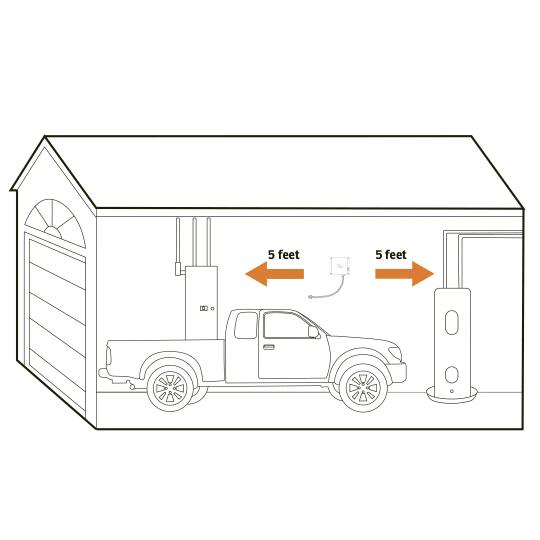
Identify the location for your wall transmitter.
You will need to find a space indoors that will not interfere with the signal but also provide power and space to run your wire.
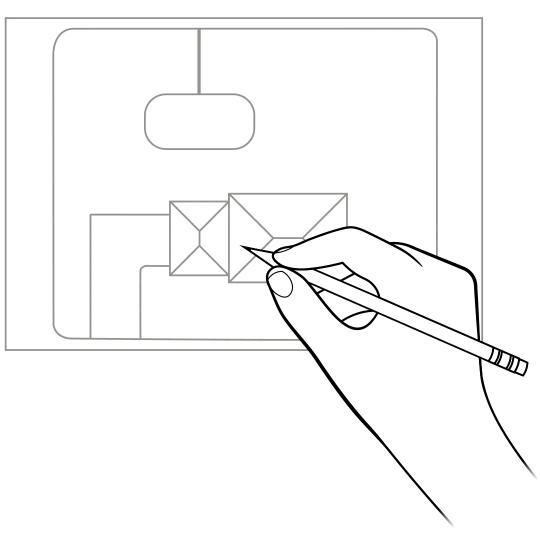
Have a plan.
Draw your layout! It is easier to identify and fix possible layout issues and challenges before you begin laying wire.
For assistance with deciding your layout, visit PetSafe Fence Planner.

Lay your wire but DO NOT BURY it yet.
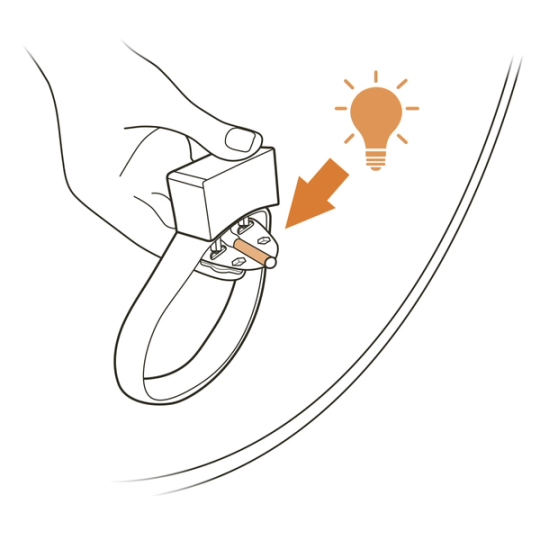
Set your wall transmitter settings and boundary width. Test your layout and adjust your settings to meet your containment needs.
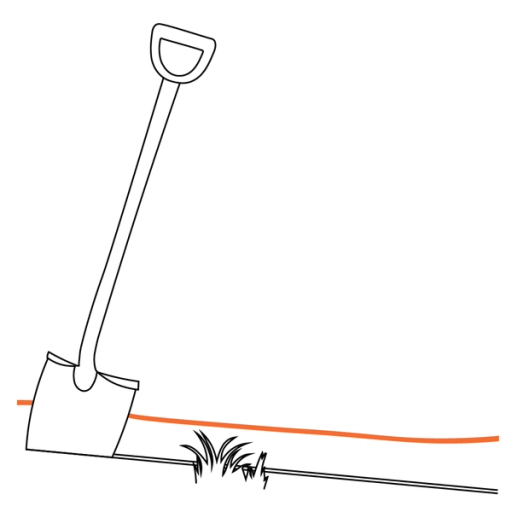
Bury your wire 2-3 inches deep. If there are areas in which you are unable to bury your wire, you can run the wire through PVC or an old garden hose to protect the wire and insulation.
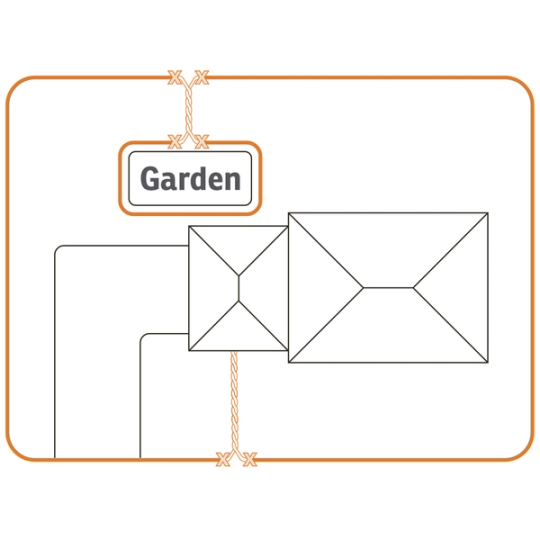
Save your drawing and mark the location of any splices made. This can make any future wire repairs significantly easier!
CONTACT CUSTOMER CARE
If you need further assistance, please contact our customer care team.